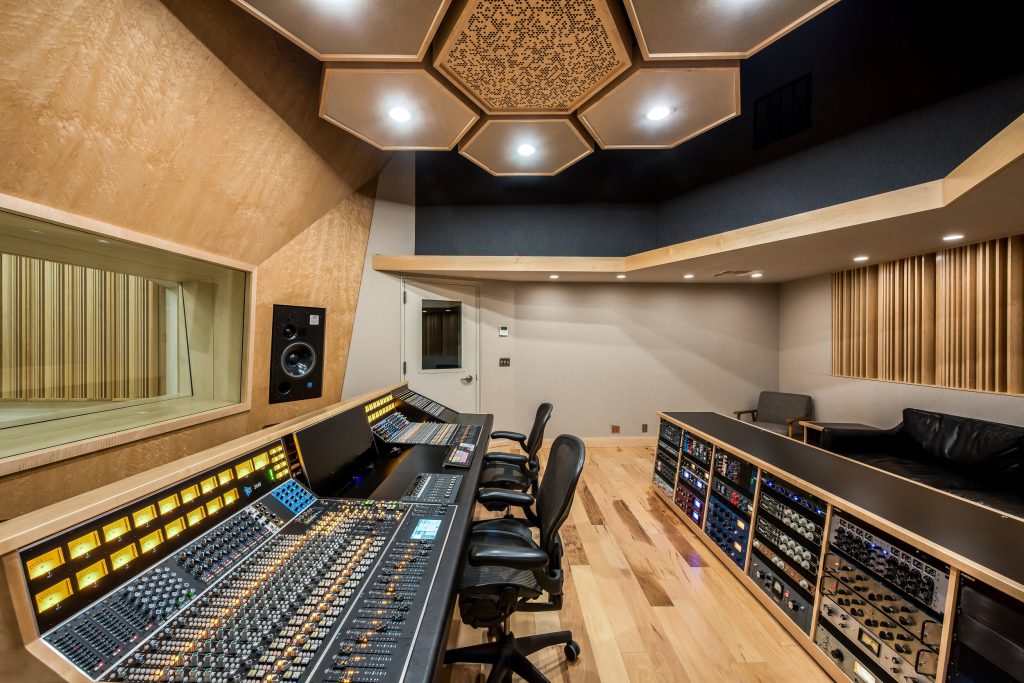Collaborative Spaces – How Music Recording Studios Foster Creativity and Innovation
Music recording studios are more than just technical spaces they are hubs of creativity and innovation where artists, producers, and engineers collaborate to create transformative musical experiences. These studios provide a unique environment that fosters creativity through specialized equipment, acoustically treated rooms, and a supportive atmosphere that encourages experimentation and artistic growth. Central to the magic of recording studios is their sophisticated equipment. From high-end microphones to state-of-the-art mixing consoles and specialized software, these tools enable artists to capture their sound with unparalleled fidelity and precision. Each piece of equipment is meticulously chosen for its ability to enhance and sculpt sound, allowing artists to translate their musical visions into tangible recordings. Designed to minimize external noise and control sound reflections, studios are meticulously engineered spaces where every surface from walls to ceilings is carefully crafted to optimize sound quality. This controlled acoustic environment ensures that recordings are pristine and free from unwanted distortions, allowing artists to focus purely on their creative expression.

However, beyond the technical aspects, recording studios serve as collaborative spaces that nurture creativity. They bring together musicians, producers, and engineers, each contributing their unique expertise and perspective to the project. This collaboration sparks innovation as ideas are exchanged, refined, and integrated, leading to unexpected sonic textures and musical arrangements that would not have emerged in isolation. Moreover, recording studios cultivate a supportive atmosphere that encourages experimentation. Artists are encouraged to push boundaries, explore new sounds, and take creative risks without fear of judgment. This freedom to experiment is crucial for innovation, as it allows artists to discover novel approaches to composition, production techniques, and sound design that can redefine musical genres and conventions. The physical layout of recording studios also plays a role in fostering creativity. Many studios are designed with comfortable lounges, break areas, and relaxation spaces where artists can recharge between sessions. These areas provide a conducive environment for informal discussions, brainstorming sessions, and spontaneous jamming that often lead to new musical ideas and collaborations.
Acoustic treatment is another critical aspect of recording studios. Furthermore, recording studios often have a rich history and a unique vibe that inspires creativity and View Website. Legendary studios have hosted iconic artists and produced timeless albums. Being in such a space imbues artists with a sense of legacy and creativity, motivating them to strive for greatness and leave their mark on the music industry. Music recording studios are more than technical facilities they are creative sanctuaries where innovation thrives. By providing specialized equipment, acoustically treated environments, and fostering a collaborative and supportive atmosphere, these studios empower artists to explore their artistic potential freely. They encourage experimentation, push creative boundaries, and facilitate the exchange of ideas, ultimately shaping the evolution of music. Recording studios enhance efficiency and quality by leveraging state-of-the-art equipment, effective acoustic treatment, experienced professionals, robust project management, collaborative environments, rigorous quality control measures, digital tools, and continuous learning. As such, recording studios play a pivotal role in not only capturing but also cultivating creativity and innovation in the music industry.